Plaza-i Standard Functions
Plaza-i standard functions
In addition to support for business practices of a diverse array of business categories, Plaza-i is equipped with multi-language/currency functions as its standard functions, which are in high demand among foreign companies and companies handling foreign trade.


Multiple Currencies
Not only home-currency entries but also foreign-currency entries are available. Automatic conversion of entered currencies to home currency is supported. Matching can be done also by foreign currency.
Evaluation and record-keeping of realized and unrealized exchange gain/loss at the end of each month and output of financial statements in both home and foreign currency denominations are supported.

Bilingual
Japanese and English languages interchangeable with a keystroke for all screens and reports.
Reports generated in English when entering data in Japanese screens.
Screens shown in English, enabling non-Japanese managers to review data.

Multiple Companies
Support of multiple companies on one database.
Production of financial statements that sum up the amounts of all the companies, compare the amount of each company, and show the amounts by branch of all the companies.
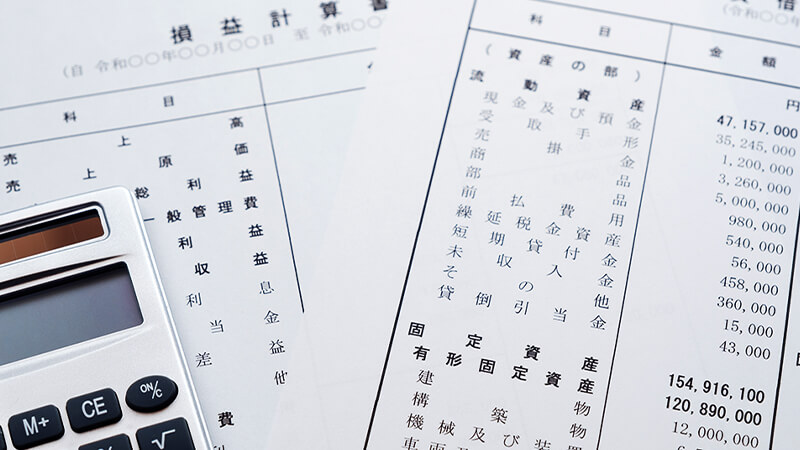
Multiple Accounting Standards
Manage account balances using different accounting standards, such as IFRS GAAP and U.S. GAAP.
Set up and output multiple sets of financial statements to comply with different accounting standards.

Consistent and Shared Data
Shared common master files offered, such as client, item and G/L account, eliminating the need to work up database mapping between modules.

Detailed Analysis of Transactions
Additional user-defined analysis fields are provided for master files, e.g., item master, client master, and person master – along with standard attributes. The same goes for transaction details of sales orders, sales, purchase orders, purchases, and inventory.
In the accounting module, for example, up to 10 different analysis axes, e.g., organization, client, employee, bank account, project, and user-defined codes are available.
Module list

SOE Sales Order Entry Management
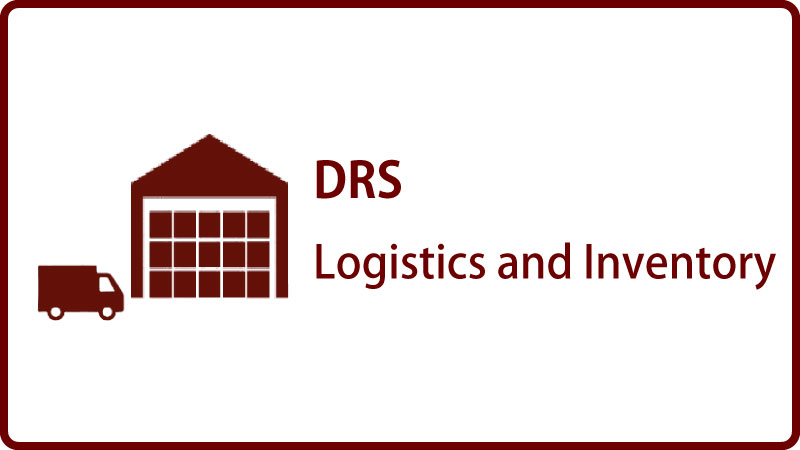
DRS Logistics & Inventory

PUR Purchase Management
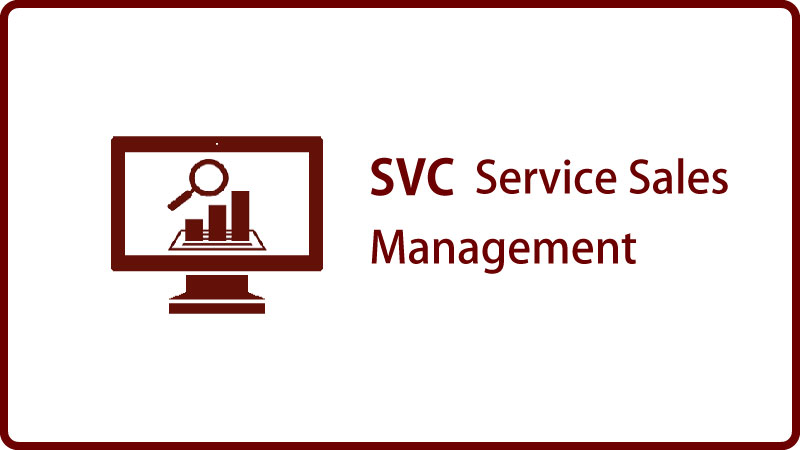
SVC Service Sales Management

SVP Service Purchase Management

PRJ Project Management
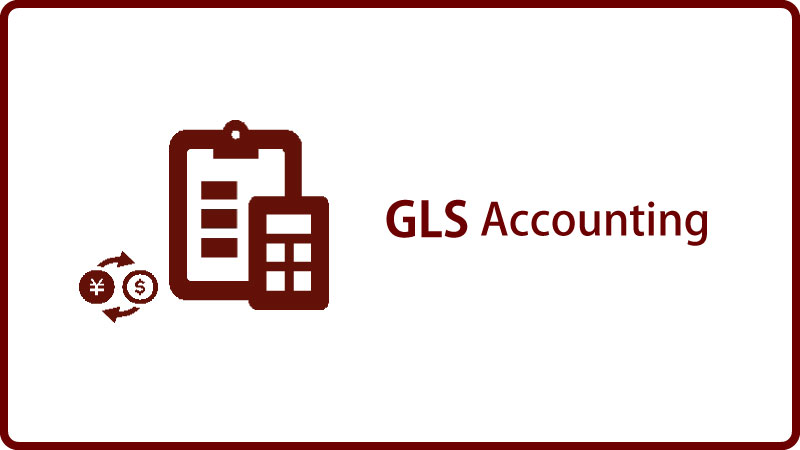
GLS General Ledger
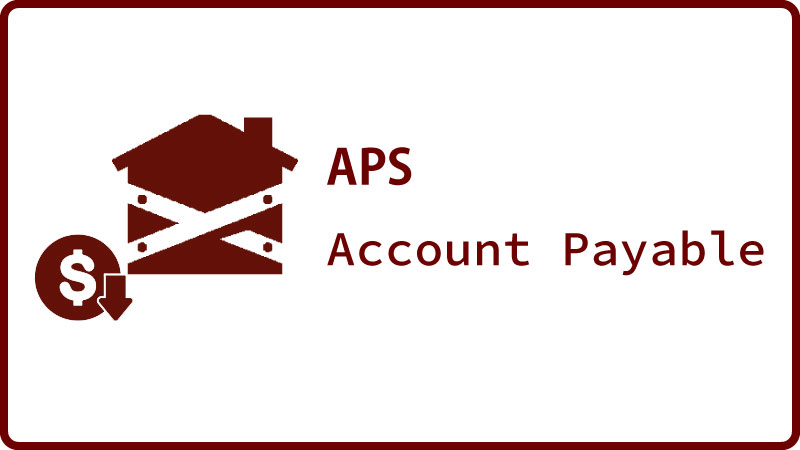
APS Account Payable

ARS Receivables Management

FAS Fixed Asset Management

many other modules
-
その他モジュール
